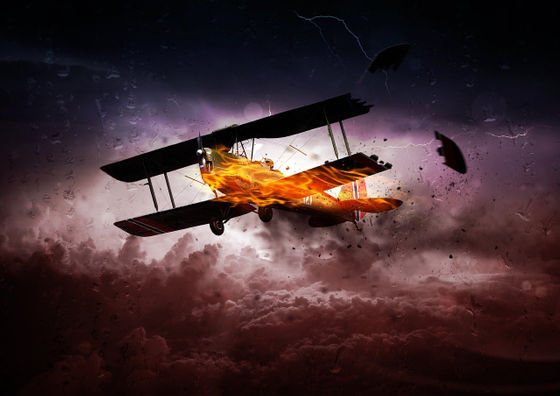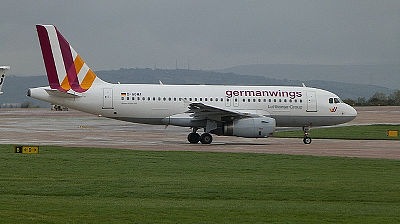What is the reason for the frequent occurrence of 'crash accidents due to operational mistakes' that was found by measuring the dimensions of 4000 pilots?

The U.S. Air Force once had the problem of crashing as many as 17 pilots a day on many days, but it hides the trap of pursuing an 'average or ideal image.' rice field.
When US air force discovered the flaw of averages | The Star
In the late 1940s, the United States Air Force experienced a variety of accidents, from unintentional plunges and landing mistakes to fatal accidents that wrecked airplanes, many of which were described as 'pilot maneuvering mistakes.' This is because the failure was rarely found by examining the aircraft in which the accident occurred.

However, there were so many accidents that mere operational mistakes could not be explained, and investigative authorities began to think that there was a problem with the design of the airplane. The cockpit of the plane at the time was designed with reference to the average male dimensions measured in 1926, so Air Force researchers 'remeasure the dimensions and update the data to solve the problem.' I was thinking. However, it was Lieutenant Gilbert Daniels, who majored in
Lieutenant Daniels, who was tasked with investigating the cause of the accident, immediately set out to remeasure the physical data of the Air Force pilot. At this time, a total of 4063 pilots received physical measurements, and the measured items reached 140 items including 'finger length' and 'distance from eyes to ears'.
After collecting the data, Lieutenant Daniels next selects 10 items of data that are thought to be closely related to the accident, such as height and chest circumference, and calculates the average value of each item, and the dimensions of all 10 items are 30% before and after the average value. I counted the number of 'average pilots' that fit. For example, in the case of height, the average height of a pilot was about 175 cm, so 170-180 cm is a condition for an 'average pilot'.
When Lieutenant Daniels actually investigated the number of people who fit into the 'average pilot', the result was zero. In other words, the result is that there is no such thing as an 'average pilot.' Even if the items were narrowed down to the three items of 'neck, thigh and wrist thickness', only 3.5% of the pilots were within the average value of around 30%.
Similar cases apply not only to men but also to women's body shapes. That is the 'Norma Look-Alike contest' held in 1945 by a museum in Ohio in collaboration with a local newspaper. The content of this contest is to give a prize to a woman who has a perfect figure and a sculpture titled 'Noma' in the museum.
Norma was created by renowned obstetrician and gynecologist Robert Dickinson , nicknamed 'Rodan of Obstetrics and Gynecology,' based on the body measurements of thousands of women in museums and the media. Touted Norma as an 'ideal woman'.

by InSapphoWeTrust
However, of the 3864 women who entered the contest, none of them were close to Norma in all nine sizes. Even if 9 items were narrowed down to 5 items, the number of women whose body shape was close to normal was not reached to 40.
Eventually the contest ended with a woman named Martha Skidmore, but the fact that no woman had the same body shape as Norma told Bruno Geppard, the organizer and doctor of the contest, 'Women are in the army. Is unsuitable. On the contrary, it is unsuitable for both producers and consumers in society. '
In contrast to Geppard, who blamed women for not finding the 'ideal woman,' Lieutenant Daniels told investigators, 'All plane cockpits are tailored to the majority of pilots, not the average. Should be done. '
Many plane makers who received this order from the Air Force objected, but said that the pilot's performance improved dramatically when the cockpit was actually adjustable.
Related Posts:







